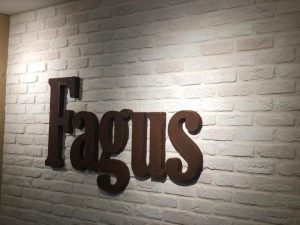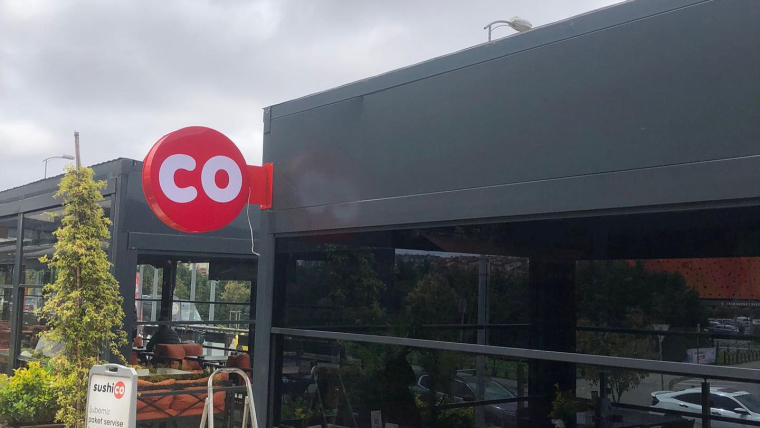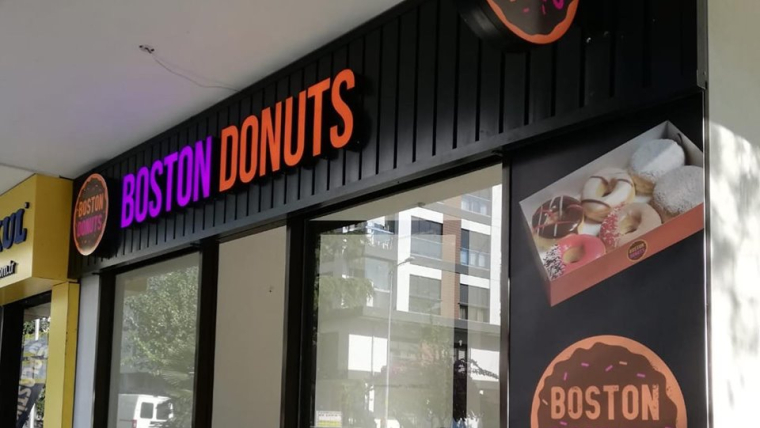The Iconic Signage and Box Letters of London Signboard
A City of Signs
London, a bustling metropolis with a rich history and diverse culture, is also a city renowned for its iconic signage. From the elaborate shop signs of the West End to the minimalist tube station signs, London’s signage plays a crucial role in defining the city’s visual identity. One of the most prominent features of London’s signage is the use of box letters.London Signboard and london box letters Hece REKLAM quality
Historical Evolution
The use of box letters in London dates back to the early 20th century, coinciding with the rise of modernist design. Box letters, characterized by their bold, blocky, and often three-dimensional appearance, became popular for their readability and aesthetic appeal. These letters were initially used for commercial signage, helping businesses stand out in the crowded streets of London.

Tube Station Signage
One of the most recognizable uses of box letters in London is in the London Underground, commonly known as the Tube. The Johnston typeface, designed by Edward Johnston in 1916, is a classic example of box letters. This typeface was commissioned by the London Underground and has become synonymous with the city’s public transportation system. Its clean lines and geometric shapes make it highly legible, even from a distance.
Retail and Commercial Signs
London’s high streets and shopping districts are filled with eye-catching signs that utilize box letters. From luxury boutiques in Mayfair to eclectic shops in Camden, these signs are designed to attract attention and convey a sense of style. The versatility of box letters allows for a range of design possibilities, whether in bold neon for a contemporary look or traditional gold leaf for a vintage feel.
Cultural Significance
The use of box letters in London signage is more than just a practical choice; it is a reflection of the city’s cultural and architectural heritage. Many historical landmarks and institutions in London use box letters for their signage, blending seamlessly with the classic and modern architectural styles found throughout the city. This creates a cohesive visual language that is instantly recognizable to both locals and visitors.
Modern Trends
In recent years, there has been a resurgence of interest in vintage and retro signage, with many businesses opting for bespoke box letters that evoke a sense of nostalgia. This trend is particularly evident in areas like Shoreditch and Soho, where hip cafes, bars, and shops embrace a mix of old and new in their signage designs. Advances in technology have also allowed for more innovative uses of box letters, such as illuminated signs and interactive displays.

Conclusion
London’s signage, with its prominent use of box letters, is an integral part of the city’s visual landscape. These signs not only serve a practical purpose but also contribute to the city’s unique character and charm. Whether navigating the Tube, shopping in the high streets, or exploring cultural landmarks, the box letters of London guide and inspire, adding to the rich tapestry of the city’s urban environment.



